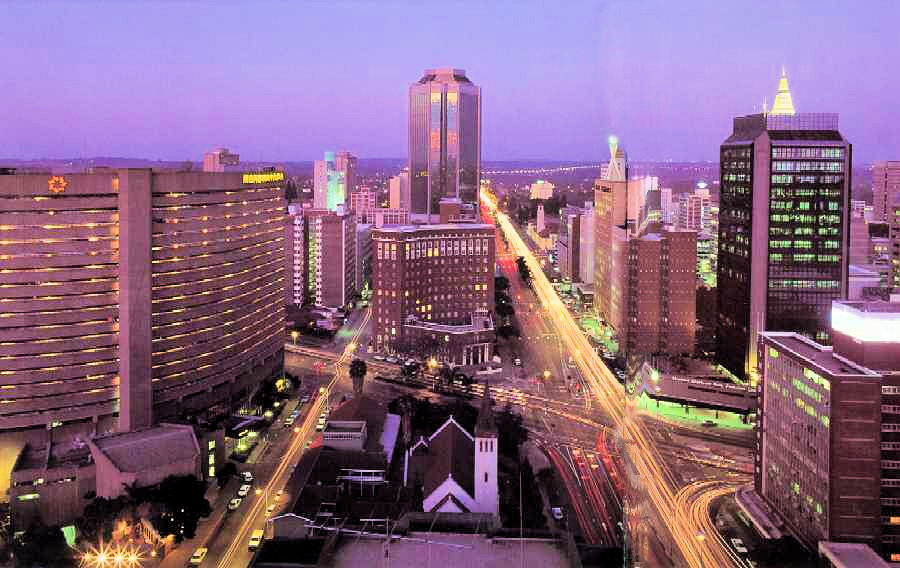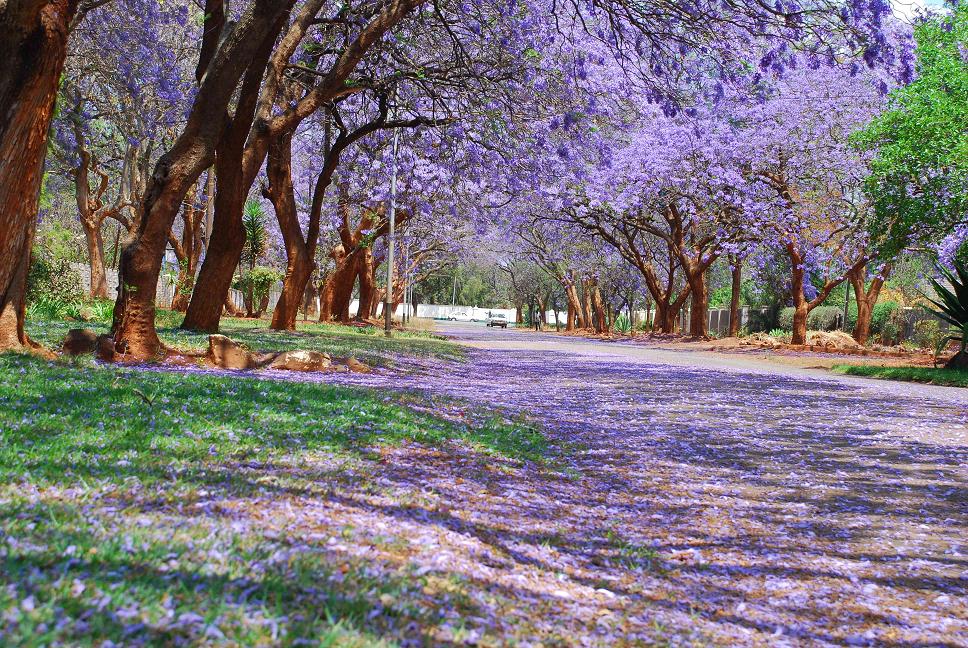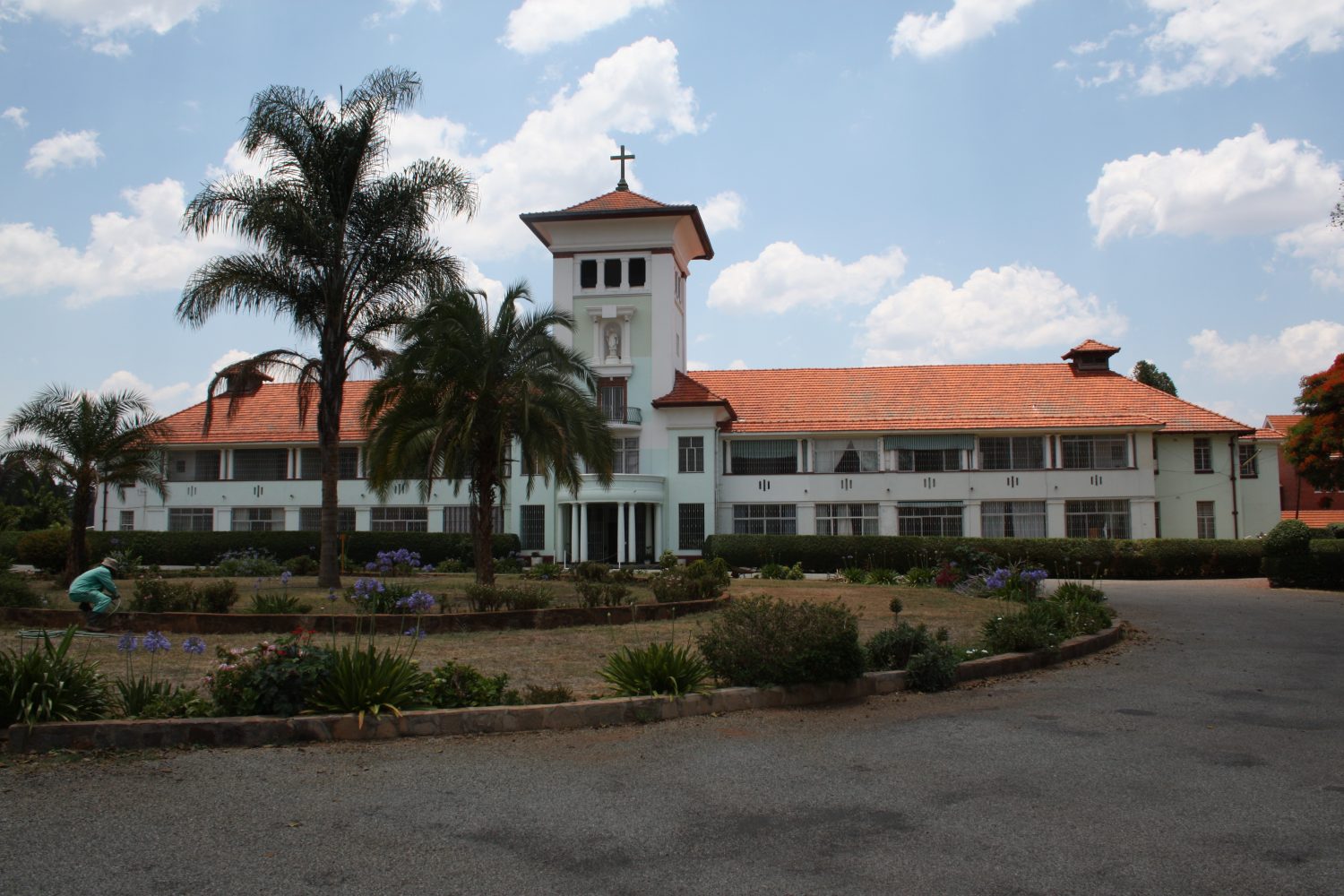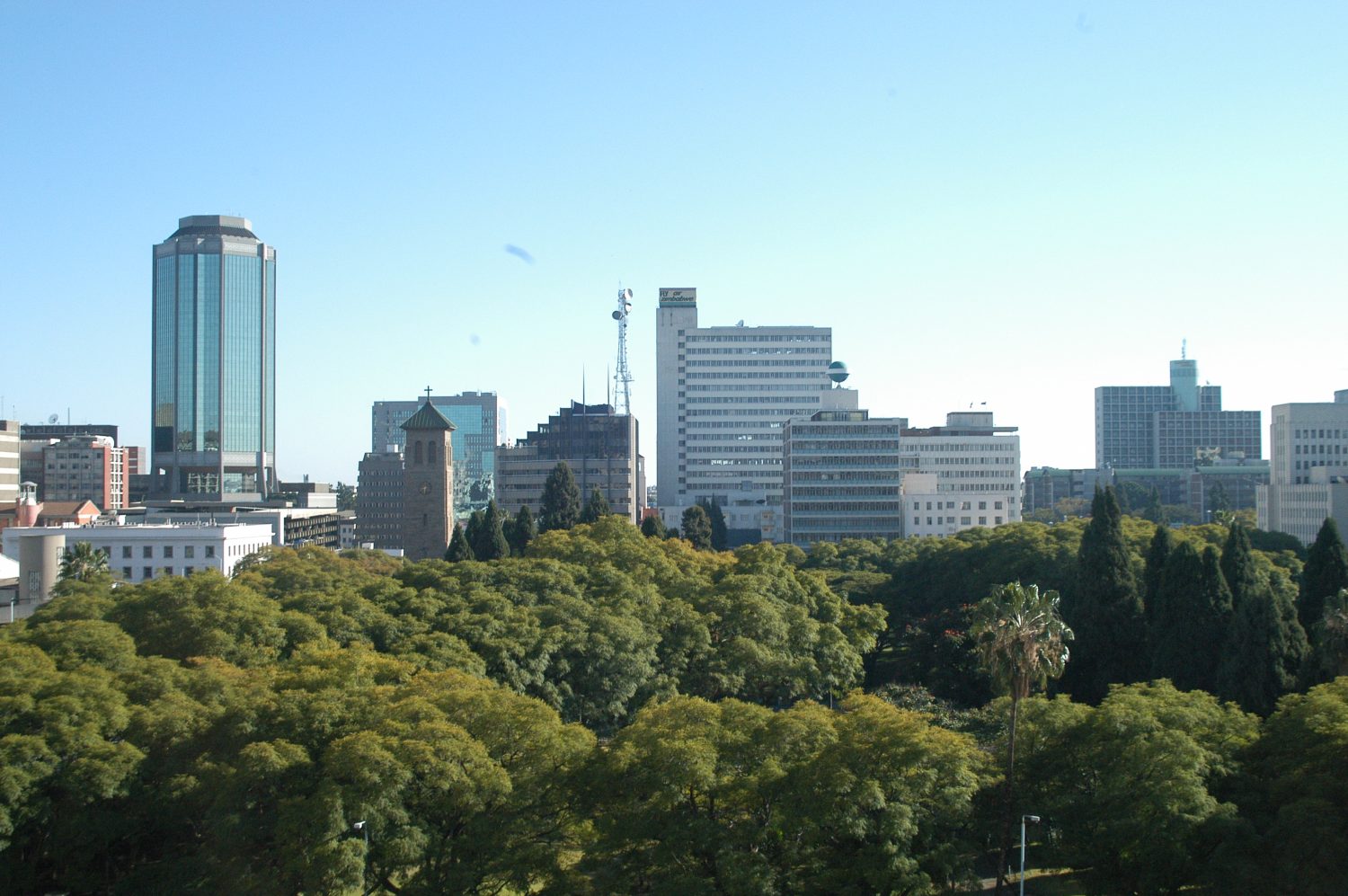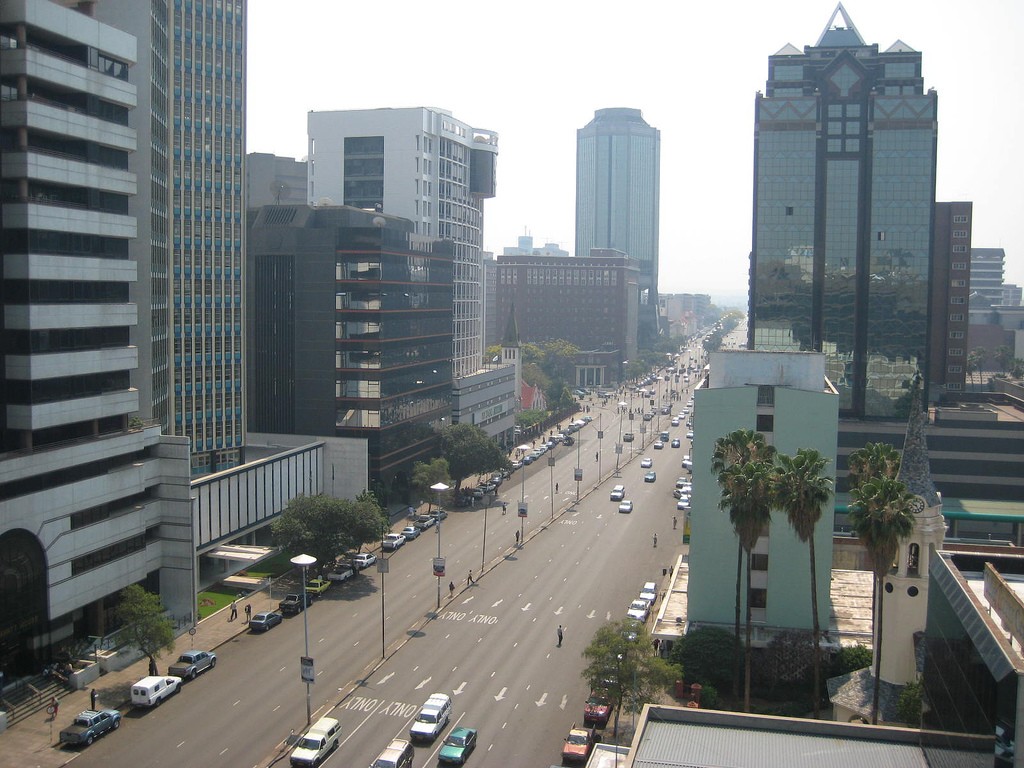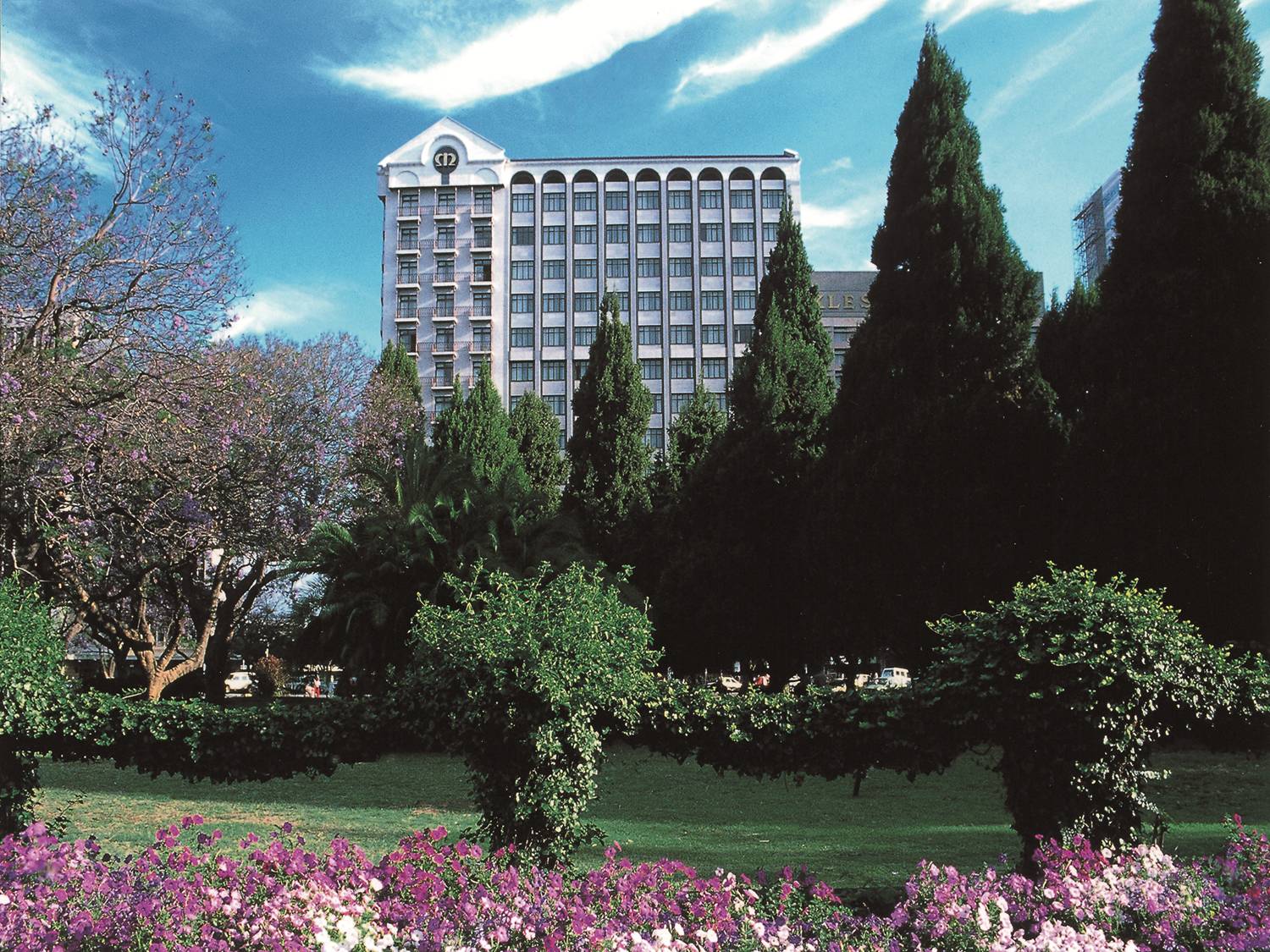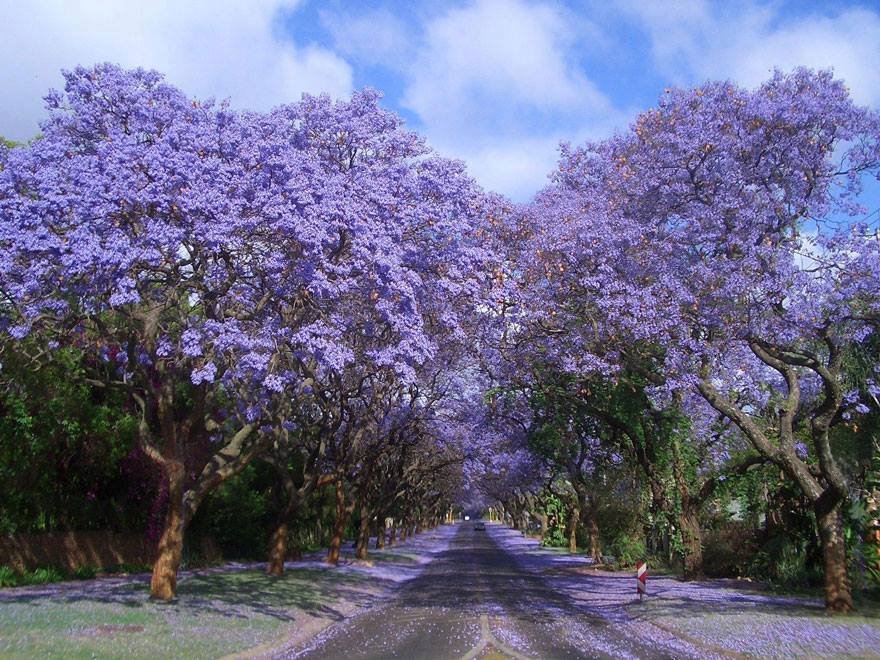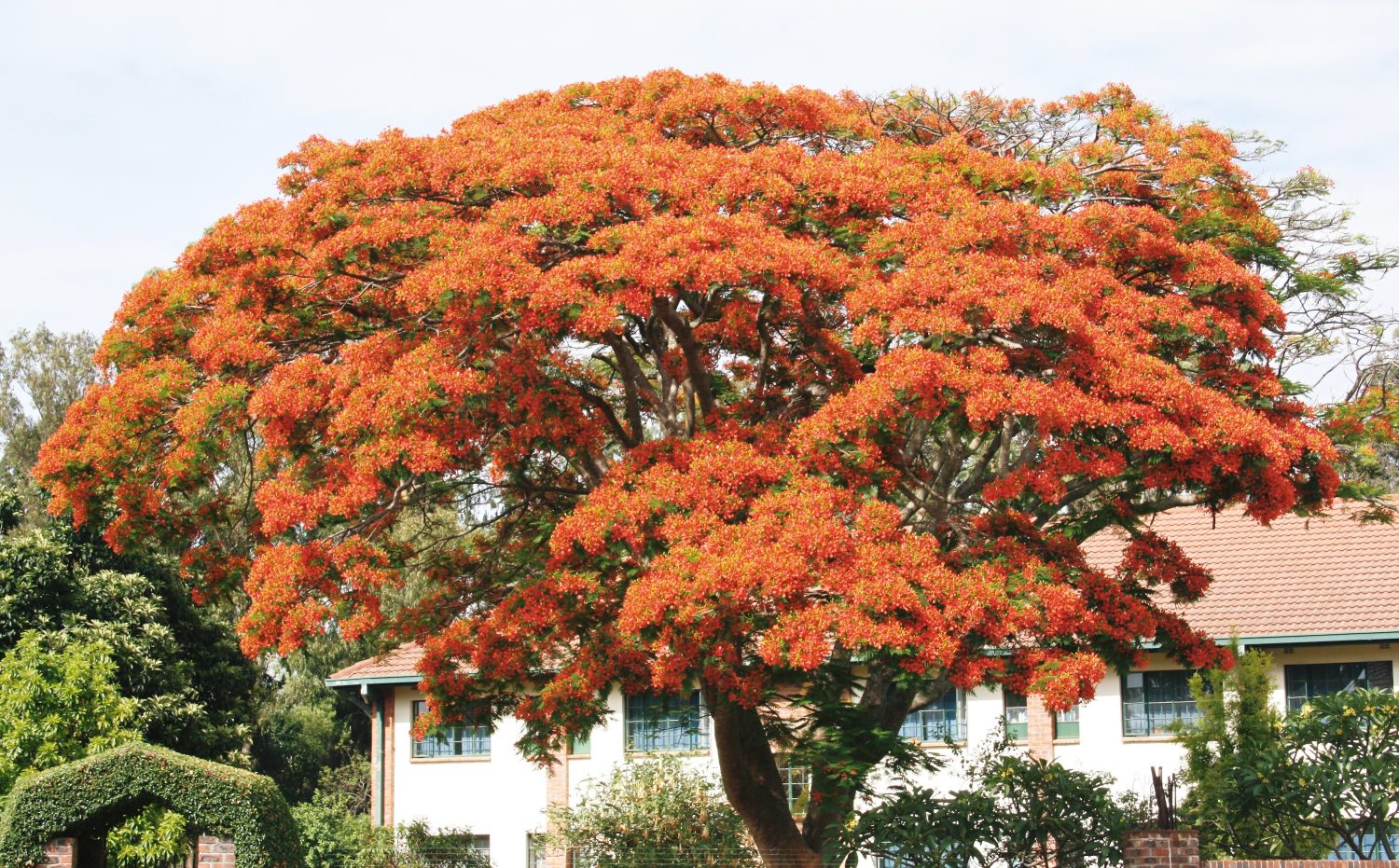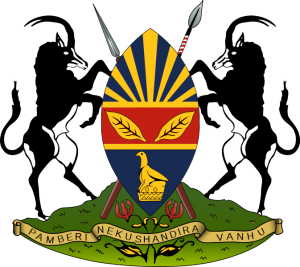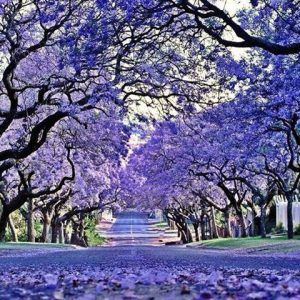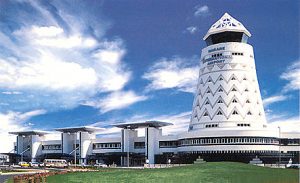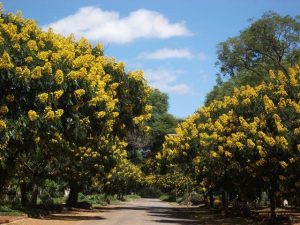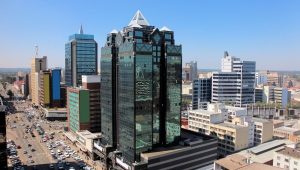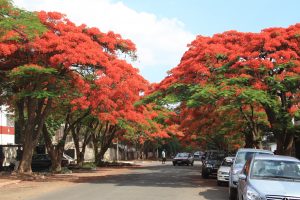City of Harare
Harare is an attractive city characterised by its fantastic all year round weather, tree lined streets and wide open spaces. The city is essentially laid out in a grid system and is very accessible and easy to get around with a large and widespread suburban area. For many decades Harare was acclaimed for its cleanliness and vibrancy which unfortunately is no longer the case, however it is still worth a visit and there is plenty to see and do including some lovely gardens and a good combination of colonial and modern architecture.
The city was founded in 1890 by the Pioneer Column and was named Fort Salisbury after The 3rd Marquess of Salisbury, Lord Salisbury, then British Prime Minister. It subsequently became known simply as Salisbury. After ninety years the city’s name was changed to its present name of Harare in 1982.
Harare, located in Mashonaland Province, is Zimbabwe’s capital city and leading financial, commercial, and communications hub. For decades it was also the main handling and processing centre for raw materials such as tobacco, milk, maize, cotton, citrus fruits and meat products. Prior to the country’s present economic decline, Harare manufactured a wide range of goods include textiles, steel and chemicals as well as numerous food products. Most heavy manufacturing and engineering was undertaken in Bulawayo.
The University of Zimbabwe, founded in 1952, is the country’s oldest university and is located in the suburb of Mount Pleasant which is about 6 km (3.8 miles) north of the city centre. Harare is home to the country’s main Test cricket ground at Harare Sports Club and to Dynamos F.C., Zimbabwe’s most successful association football team.
Zimbabwe’s wood carvers and stone sculptors are renowned as being the best in Africa and have built up an enviable reputation world wide. Most of the sculptors are Shona in ethnicity and the quality of their work is really worth seeing and of course there is plenty to buy with items ranging in price from just a few dollars to thousands. Over the last few years a number of ‘new generation’ sculptors have emerged who have moved away from the more traditional carvings and are producing some wonderful abstract pieces.
A variety of stone is used and most belong to the geological family Serpentine. and differ in hardness from the ‘soft’ soapstone and opal stone to harder ones such as Leopard Stone, Springstone, Fruit Serpentine and Red Jasper. The vast majority of stone used is sourced in Zimbabwe with different stones coming from different areas of the country. Due to the economic situation in Zimbabwe many of these fine artists now plough their trade in neighbouring countries.
Britain’s strong historical influence is reflected in many of the legacy institutions, systems and processes one will come across in Harare. In times past the country was renowned throughout the world for the quality of its education and a number of its top schools are located in Harare such as Churchill, Prince Edward, Oriel, Queen Elizabeth, St Georges, Roosevelt and Arundel, amongst others.
In terms of facilities there is a lot to see and do in and around Harare. Harare has some very good golf courses and is home to Royal Harare which has hosted many prestige tournaments over the years and was the home club of Nick Price the former world number one. The weather is very conducive to outdoor activity and the country has always played a number of sports. The majority of clubs are based in Harare’s suburbs. Football has always been the largest participation sport but a number of other sports have been popular such as Rugby Union, Hockey, Cricket, Cycling, Netball, Squash, Motor Racing and Athletics, amongst others.
Harare offers a variety of cuisine and generally the food is well priced and of a good quality.
See ‘Attractions’ and ‘Activities’ below.

